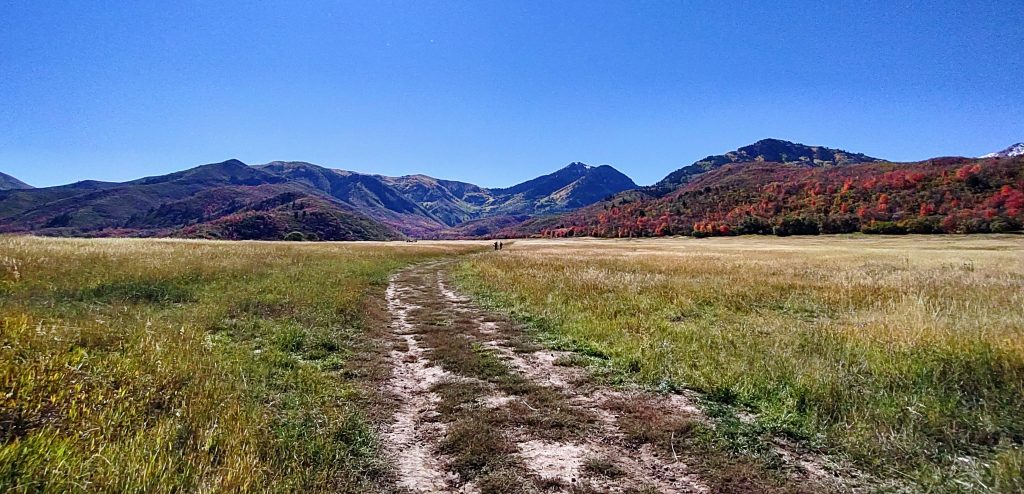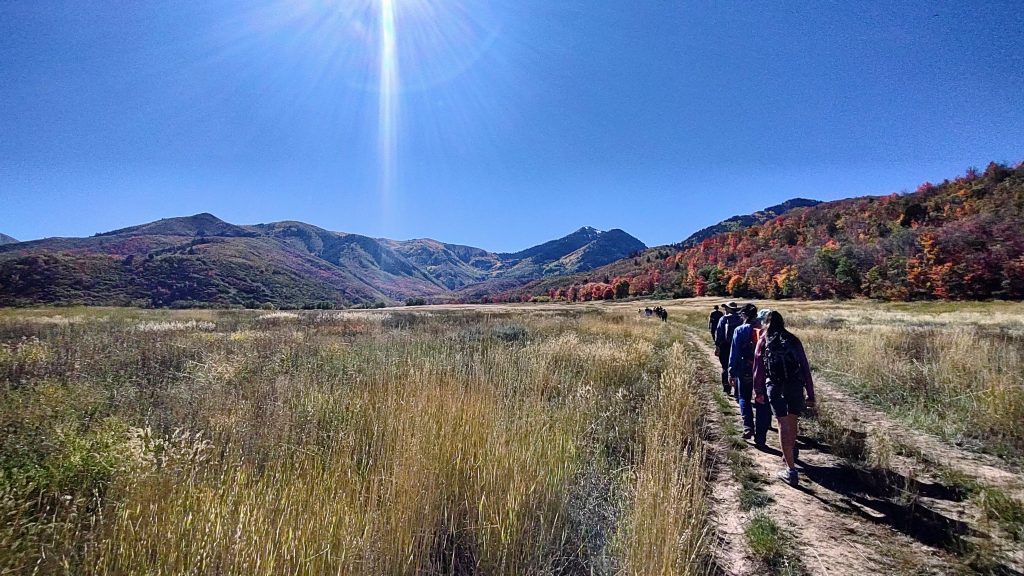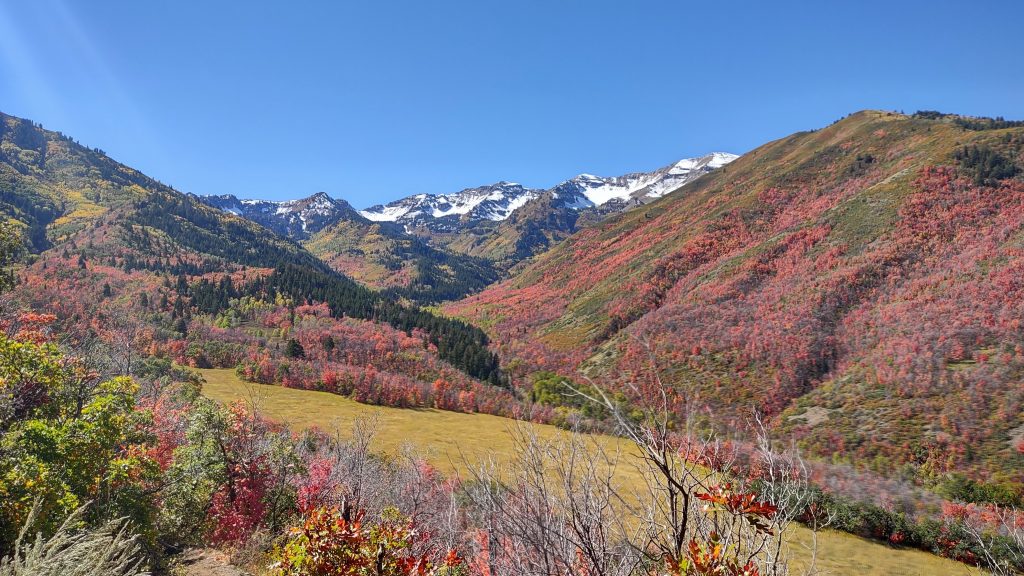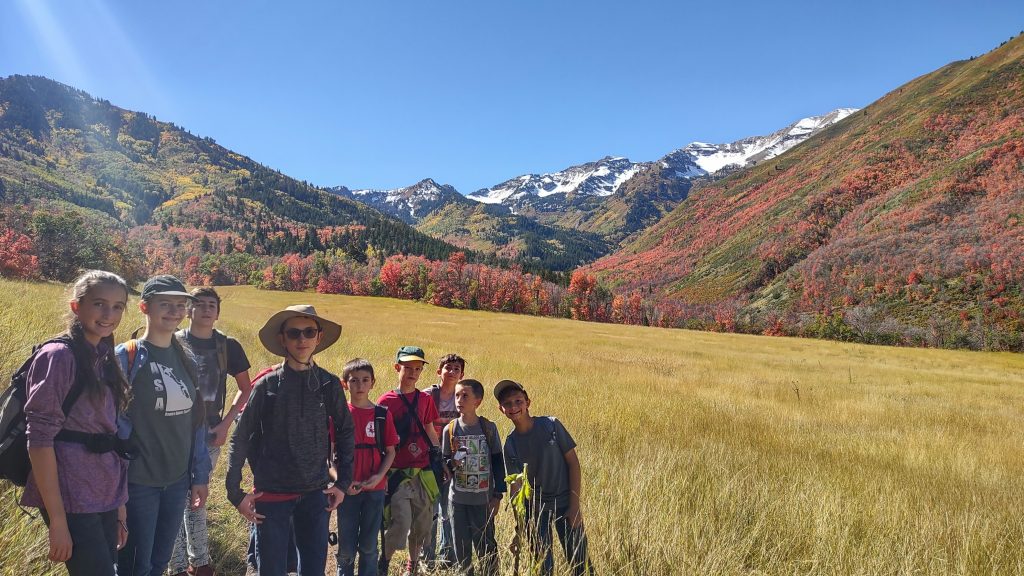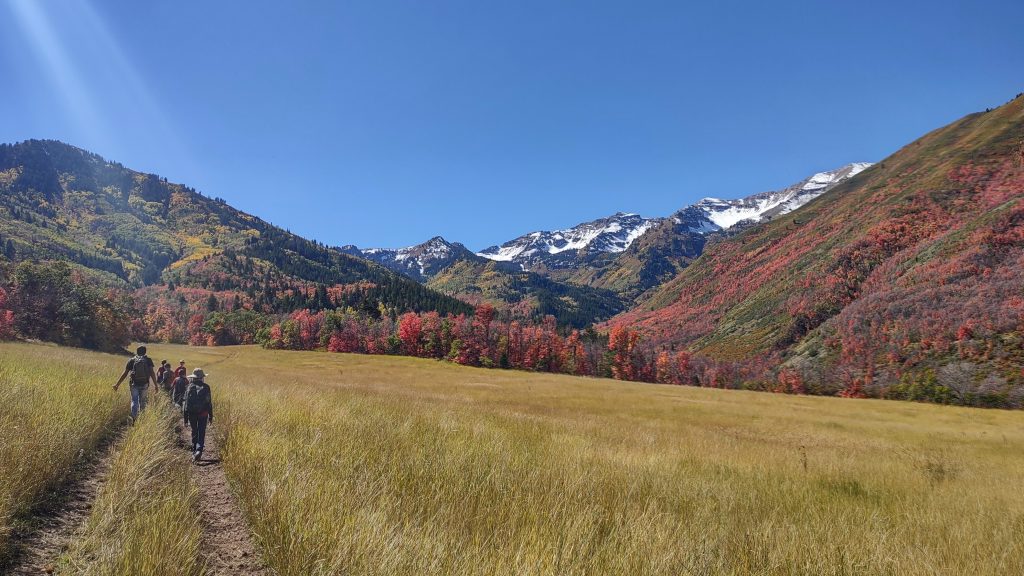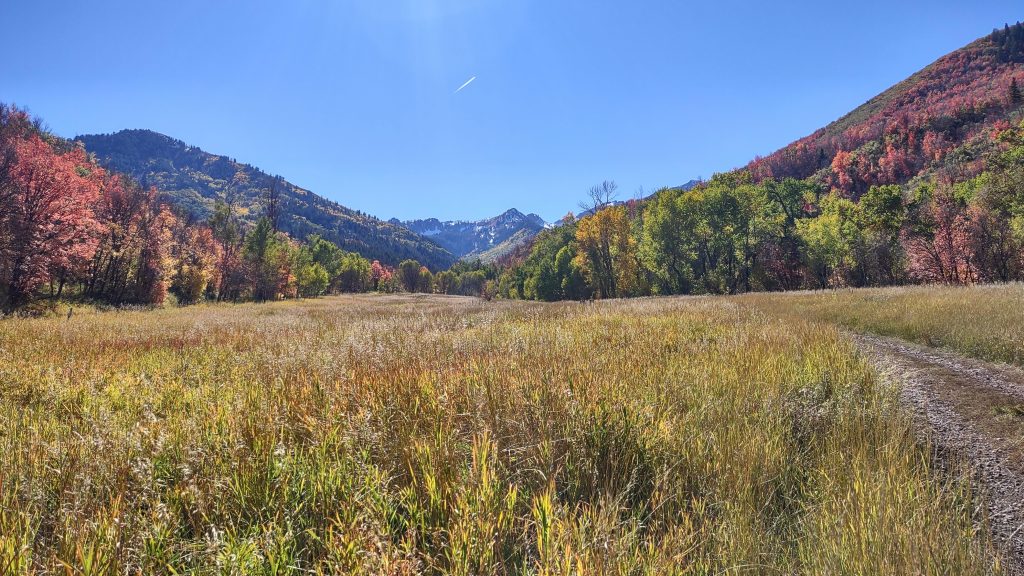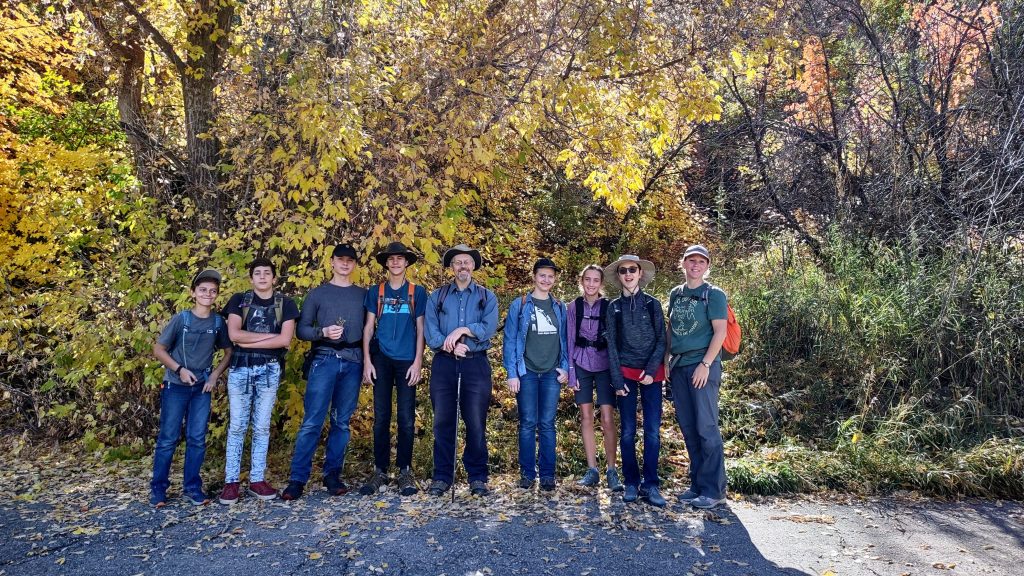Hopefully your reading from How Plants Work about why the leaves change to red (anthocyanins) helped make our field trip just a little more meaningful. I think it’s always enlightening to actually SEE in action what I am reading and studying about. Our goal is to help you have that experience also.
Besides the outrageous fall foliage (and the crazy variety of grasses in those meadows!), we chose this particular hike to give you the experience of walking through a few different kinds of forest and the opportunity to think about different kinds of trees. You probably already knew the trees we highlighted, but hopefully you learned something new as well.
Maple trees – These are the ones on our mountains that turn bright right. (Thank you, anthocyanins!) And yes, you can make maple syrup out of ANY maple tree. People generally use sugar maples because the sugar content is much higher, but if you have the equipment and patience for all that boiling down, you could end up with syrup from even our maples here.
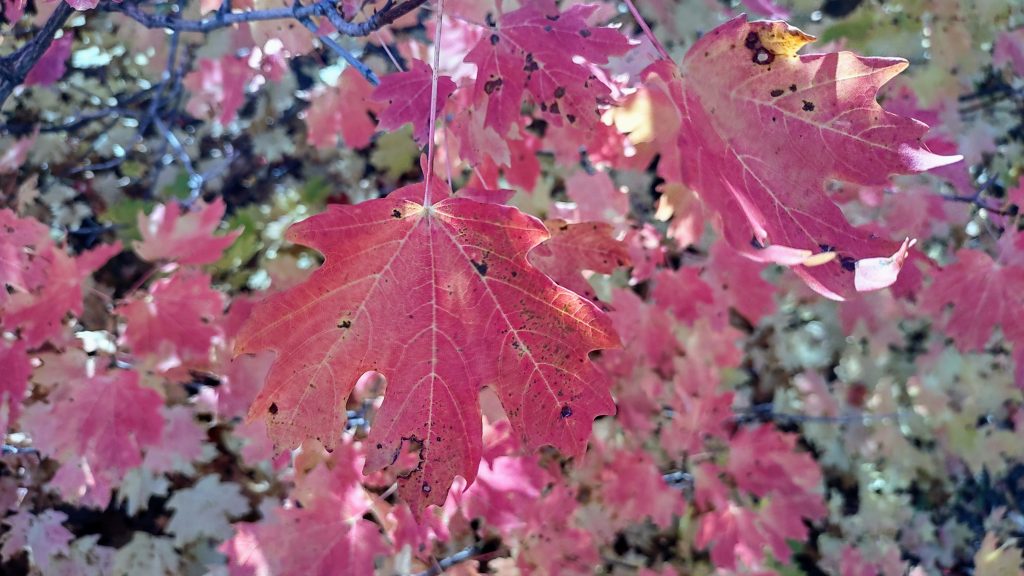
Oak trees – Check out those LOBES! The oak trees turn a pretty orange and then brown. And of course, from the oaks we get acorns. These are nice to eat, BUT there is a lot of preparation needed to make those little nuts taste good. Because they are filled with tannin you’ll need to remove that first. Put your shelled acorns in a jar of cold water and let it sit for a few days in the fridge. Once the water turns brown, drain, rinse, and repeat. There are probably lots of ways to extract the tannin, and basically it’s always the same idea – just let the water soak them out. Once that’s done, you can toast, dry, crush, grind, etc. your acorns and enjoy them in a variety of ways!
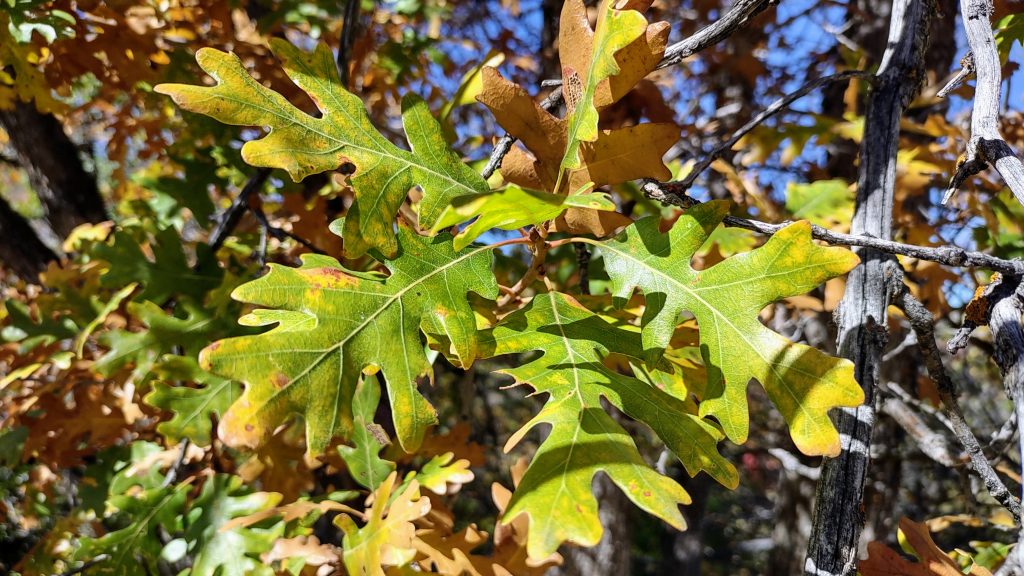
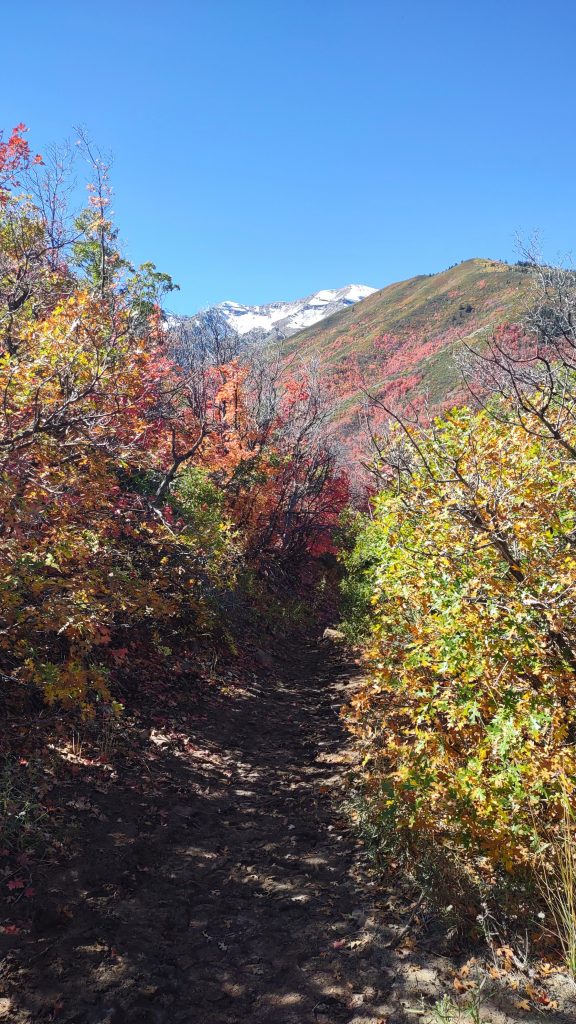
Fir trees – We first talked about firs on our berry foraging trip. A fir tree has flat, friendly, fragrant needles. (As opposed to the pines which come in packets and have a papery sheath at the base and the spruce which have square needles that are sharp.) These particular firs were deliciously fragrant! They are also my favorite so that’s why I took more pictures of them than the other trees.
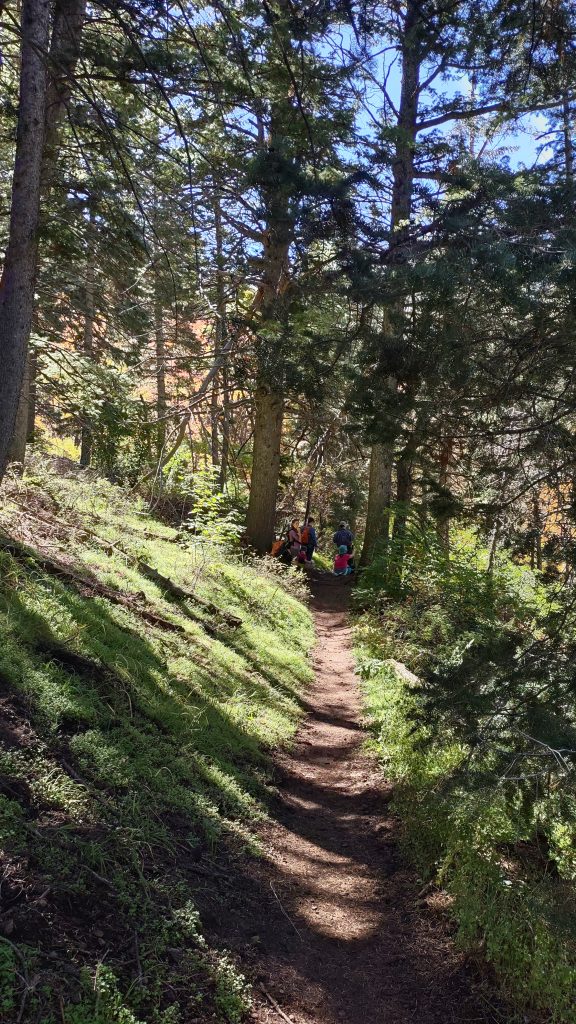
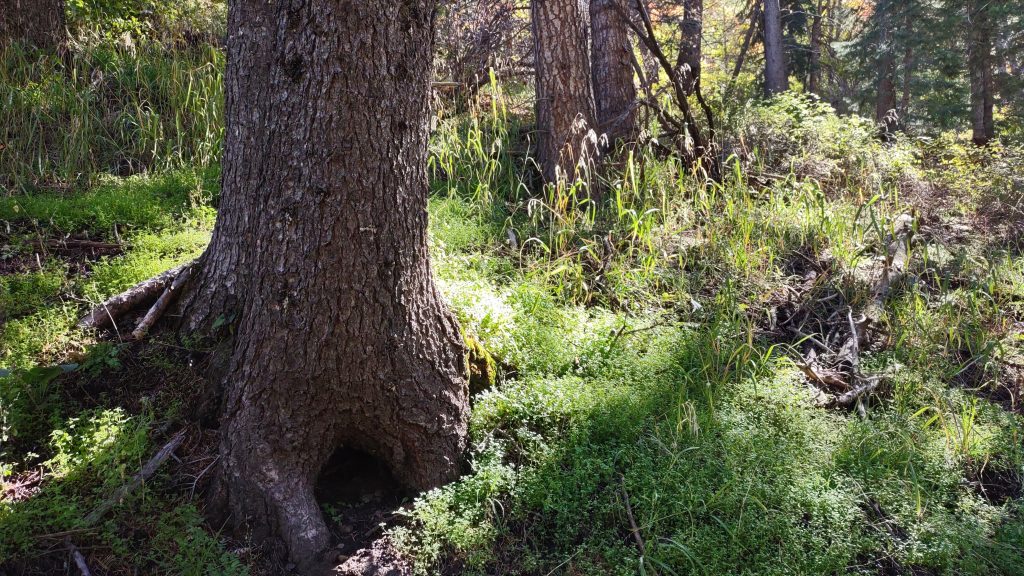
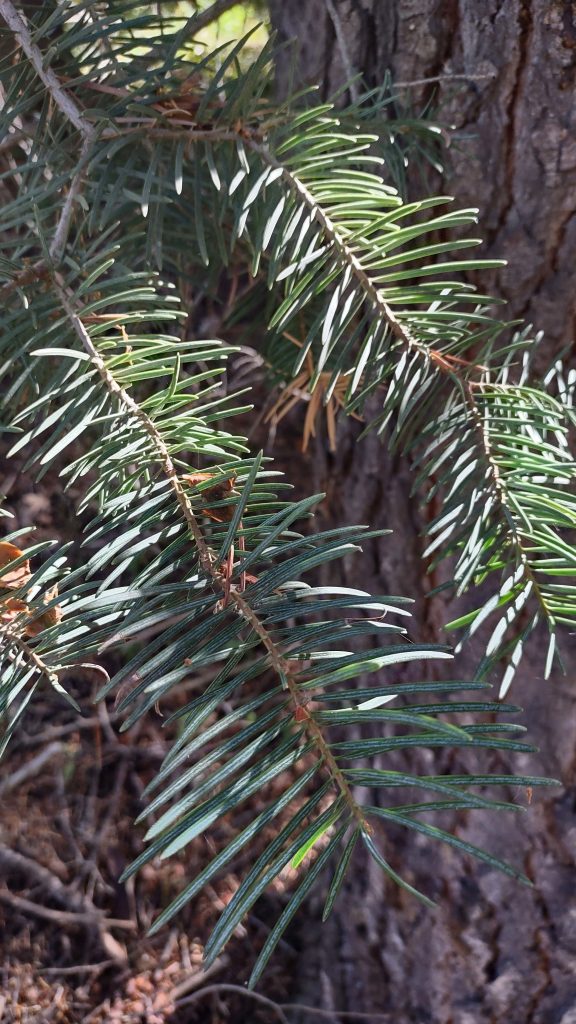
And Aspen trees – Aspens are pretty easy to tell apart from the others by their quaking little leaves and their smooth white bark. Perhaps you already knew that aspens reproduce via rhizomes – which I think is fun – and that is also why if you have one aspen, you are bound to have quite a few more popping up all around your yard in no time. Each of the trees connected via a particular rhizome system are actually considered one large organism! So if you you didn’t know already, the largest living land organism in the world is actually an aspen tree down by Fish Lake here in Utah. The aspens turn bright yellow! Also, that white bark is actually partially a coating of powder that you can wipe off and use on yourself as sunscreen. It does the same thing for the trunk of the tree to protect it from getting too much sun and overloading the chlorophyll found IN the trunk! Yes, that is unusual.
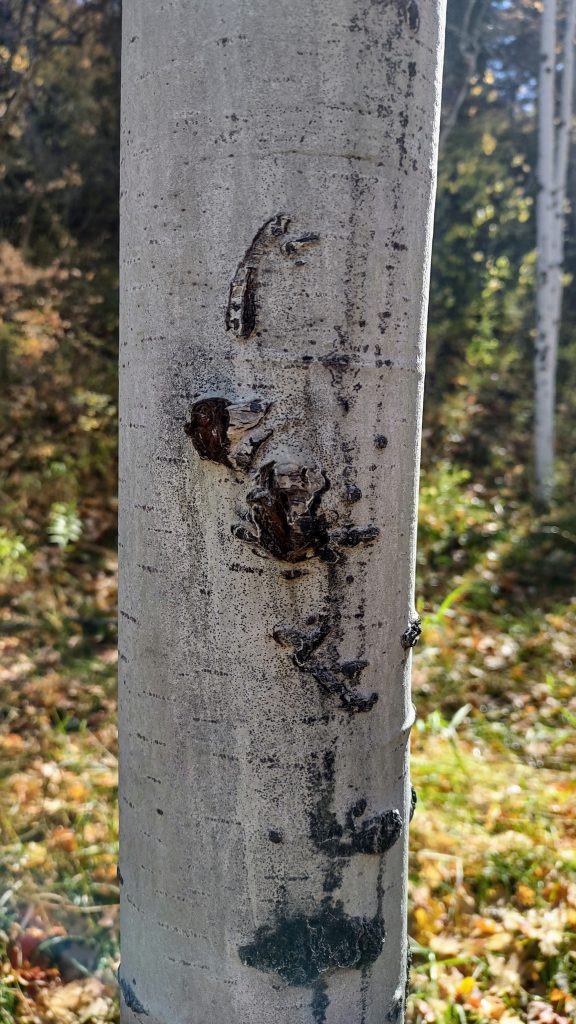
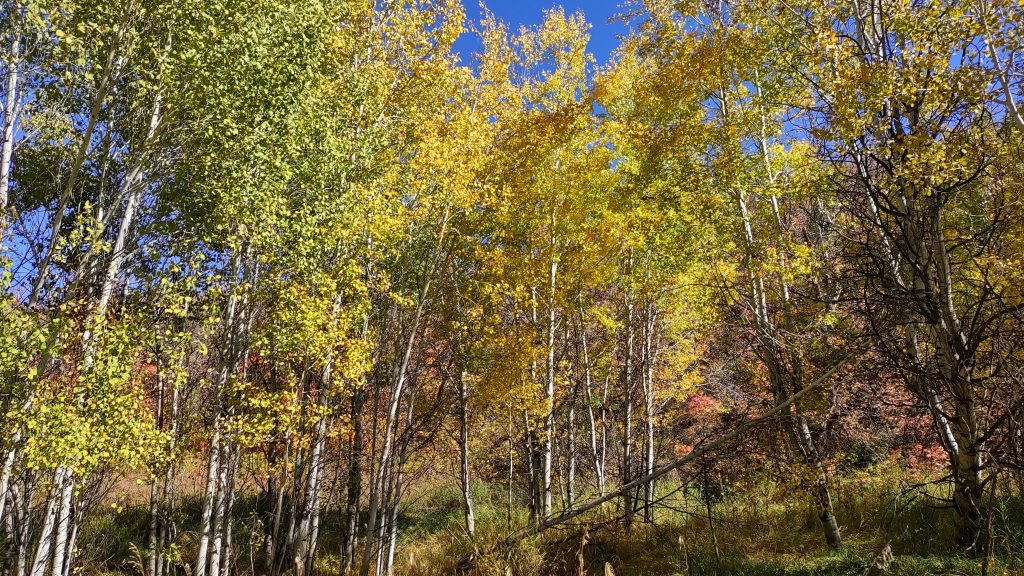
But wait! There’s more! If you are interested in trees – and I am from the Pacific Northwest and therefore I am part tree-hugger and have a hard time understanding why anyone wouldn’t be interested in trees – I have some wonderful book recommendations for you. One of them is a picture/children’s book. Another is a photography book – so very little text. And the third is a widely acclaimed breakthrough piece in the nature lore genre that can also be found as a documentary (I haven’t watched the documentary, but the book was fascinating!) All of these books are on the approved book list and can be read for credit for class. Just don’t forget to turn in your reaction paper.
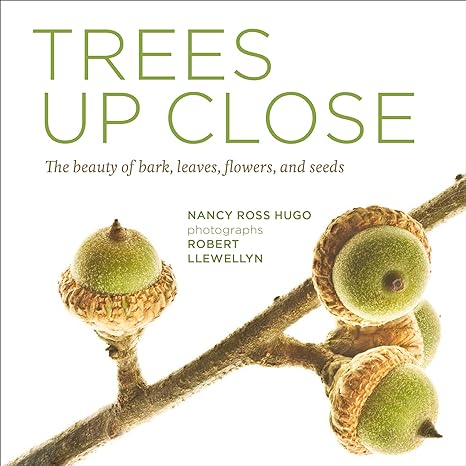
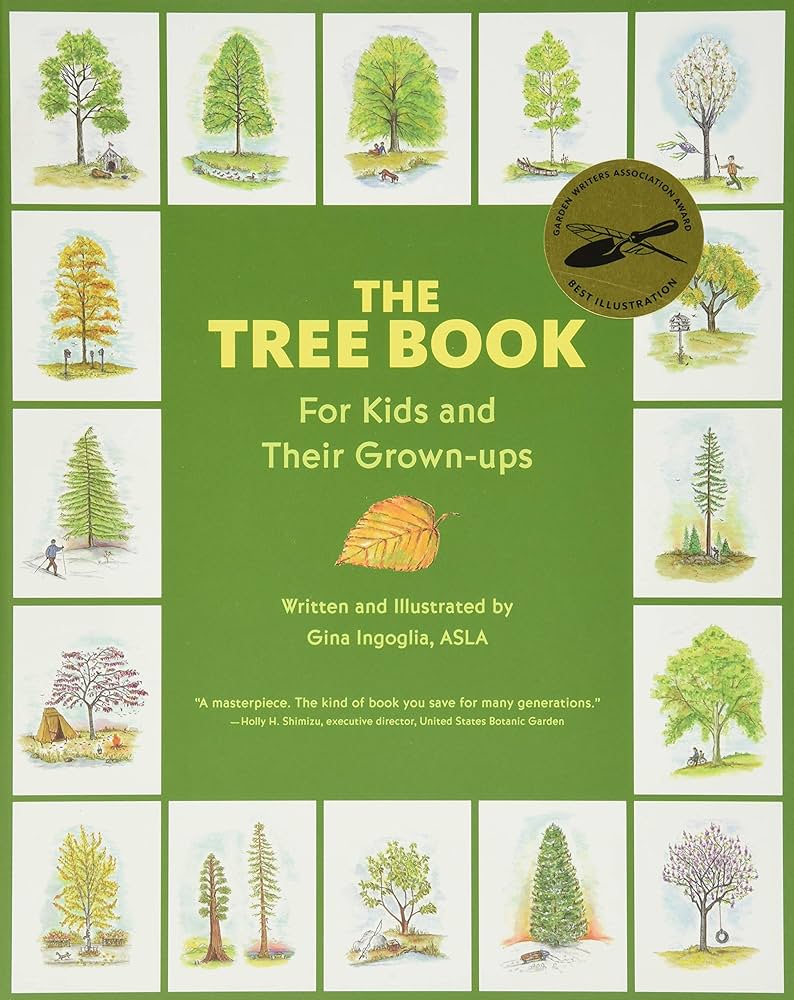
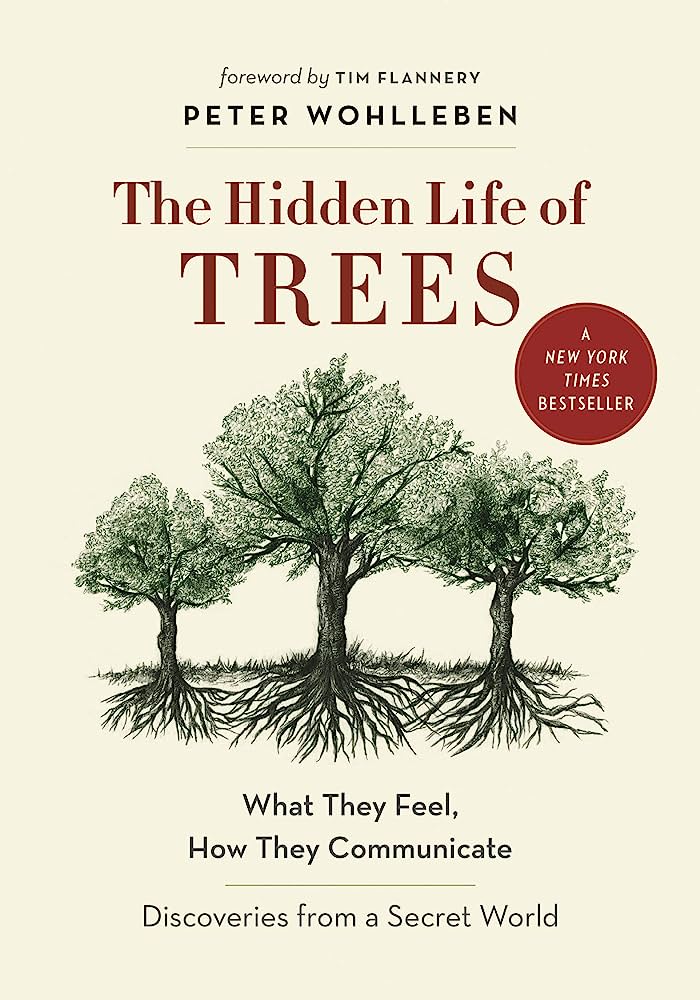
And other fun things we found… LOTS of grasses! Service berries. Hawthorne berries. Choke cherries. Moss and Lichen. Bracken fern. Burdock. Purple clover – which yes, you can eat. A nasty old mushroom which we did NOT eat. Strawberries and raspberry plants. First year thistles (These are biennial. Catch them in the fall of their first year or in the spring of their second year BEFORE they send up their stalk and dig up a nice, tasty root! Or just rip off the spines and eat that middle vein there.)
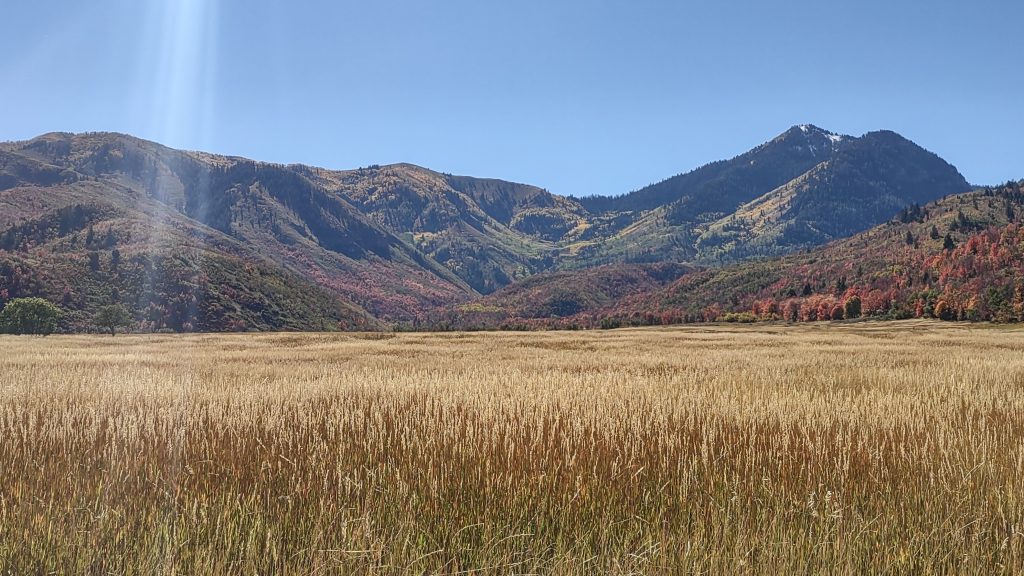
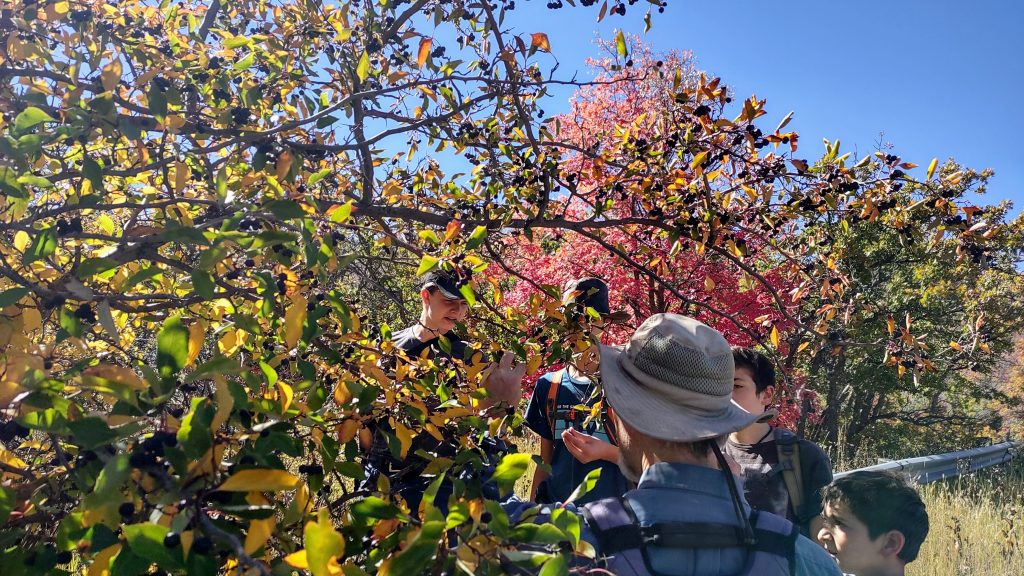
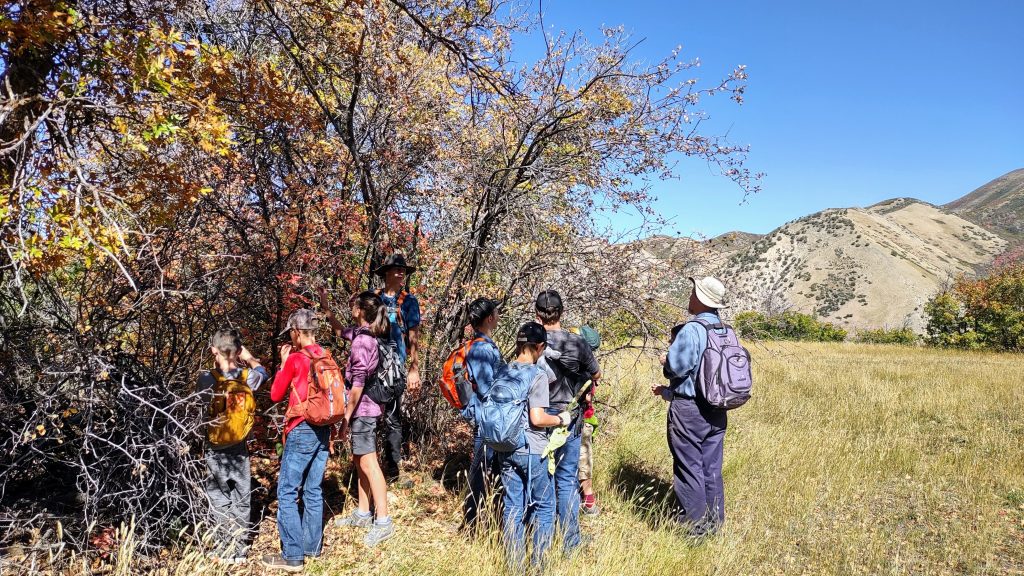
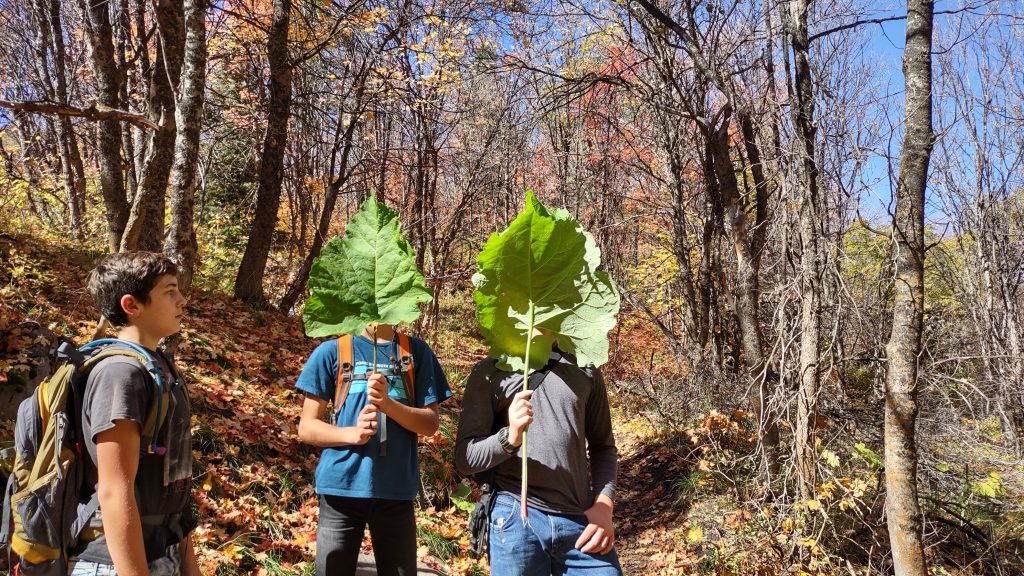
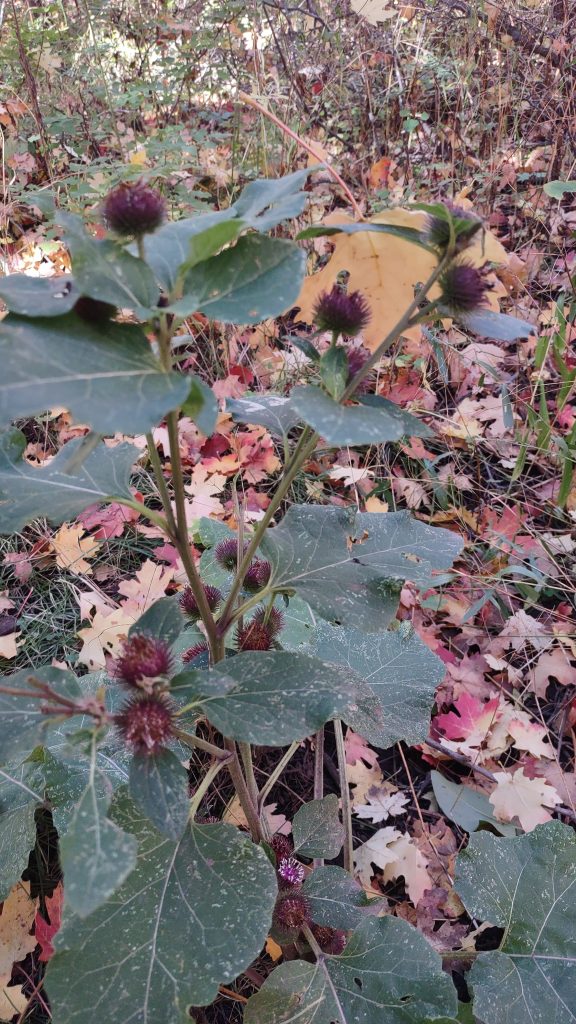
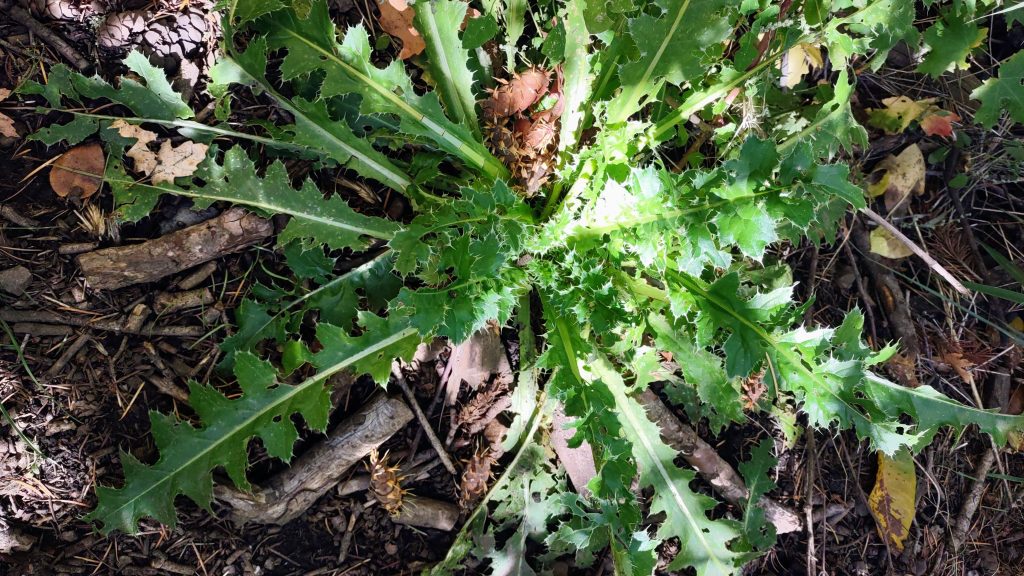
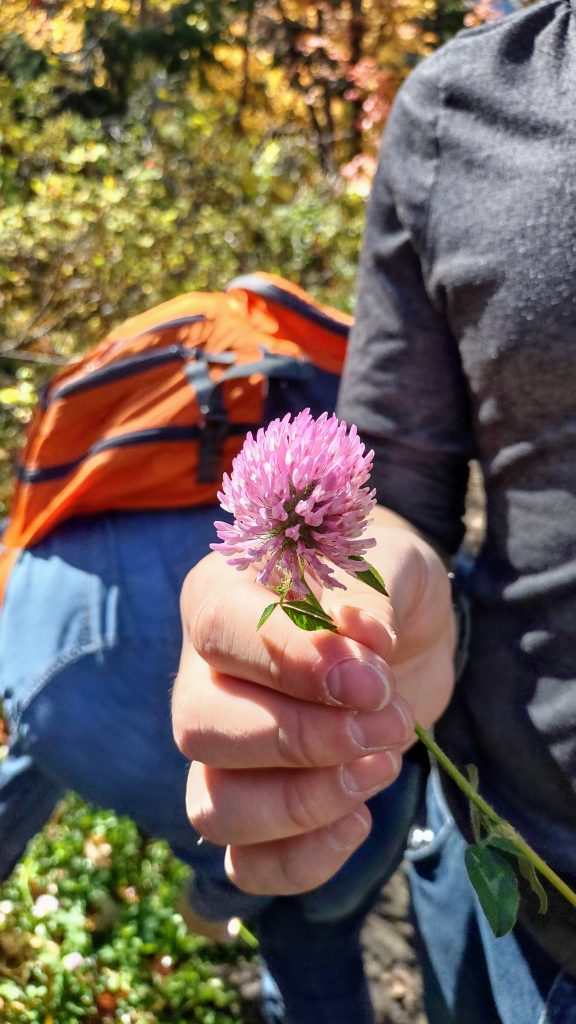
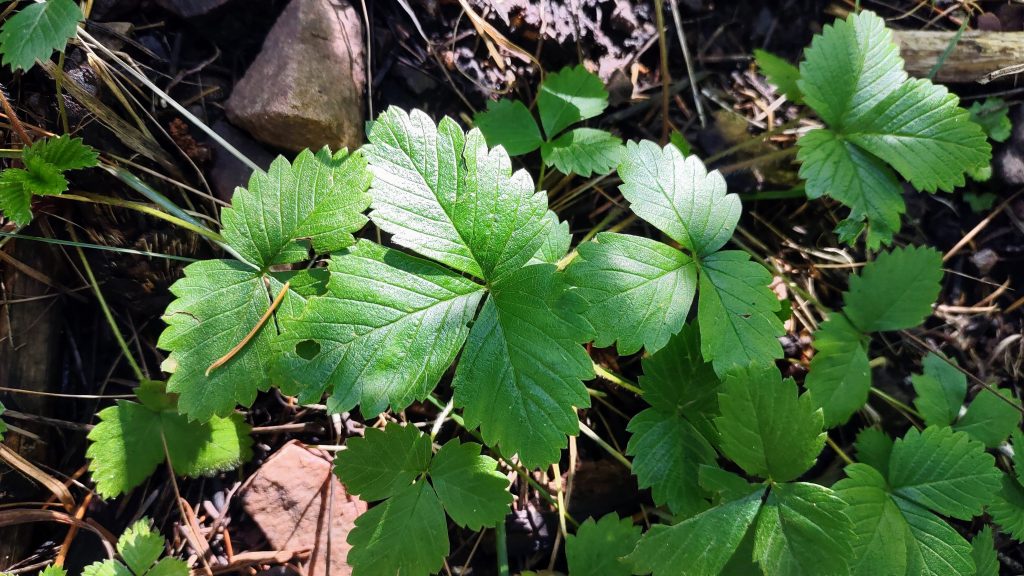
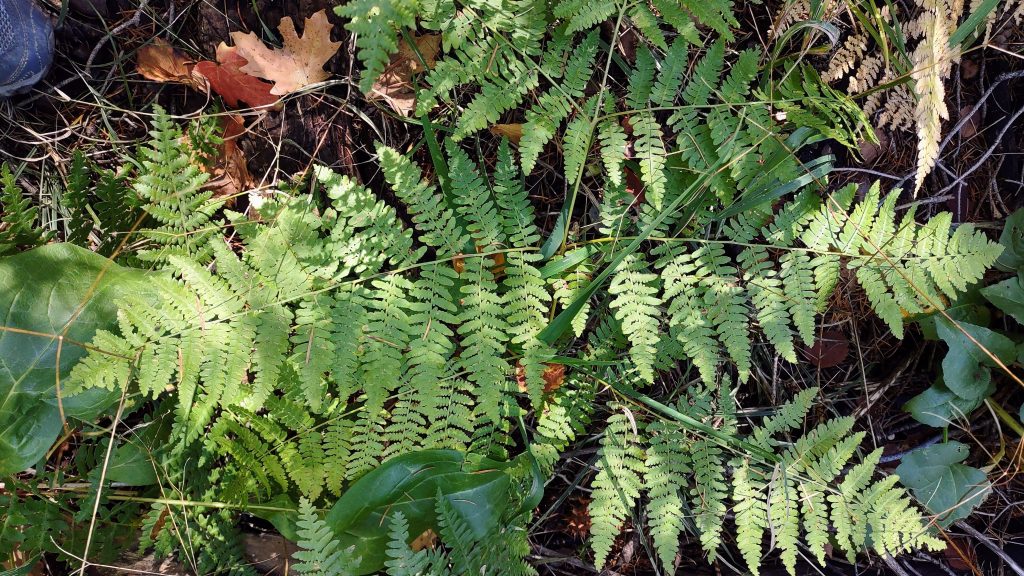
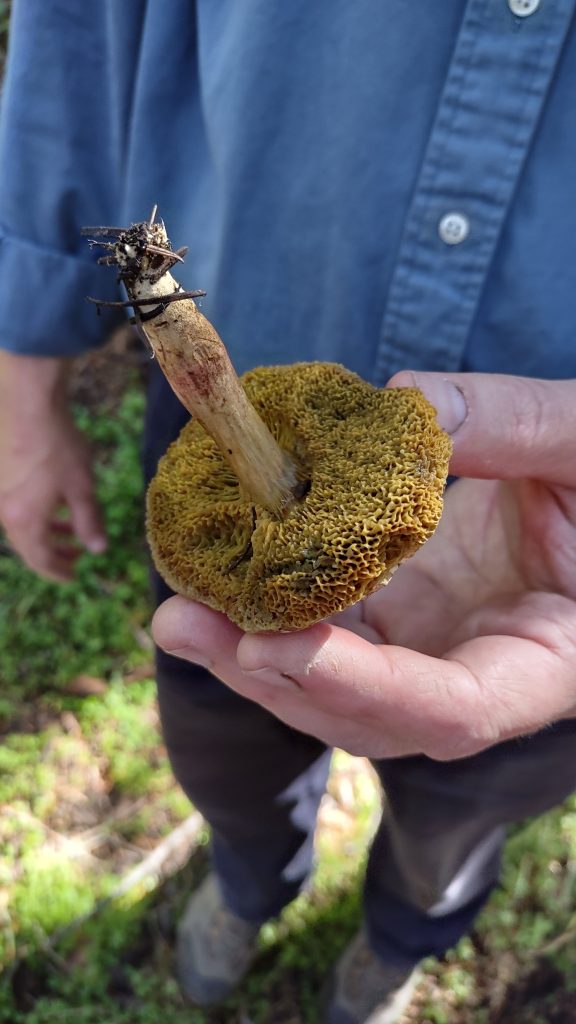
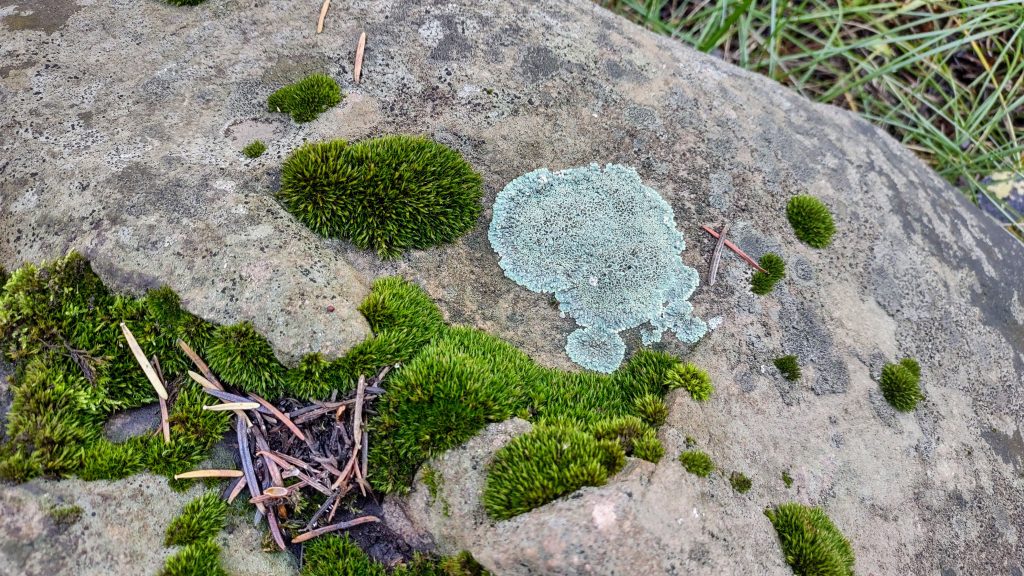
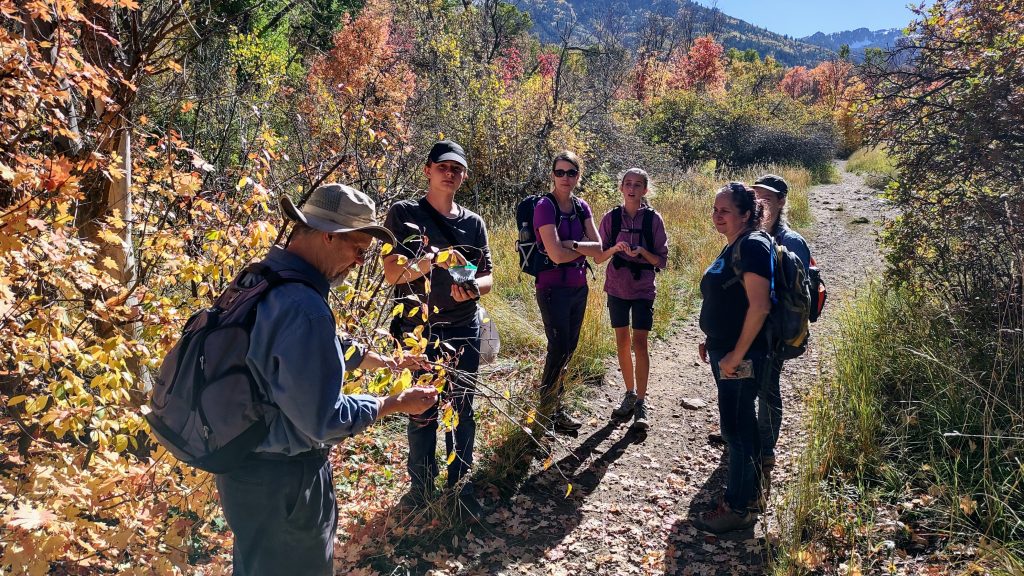
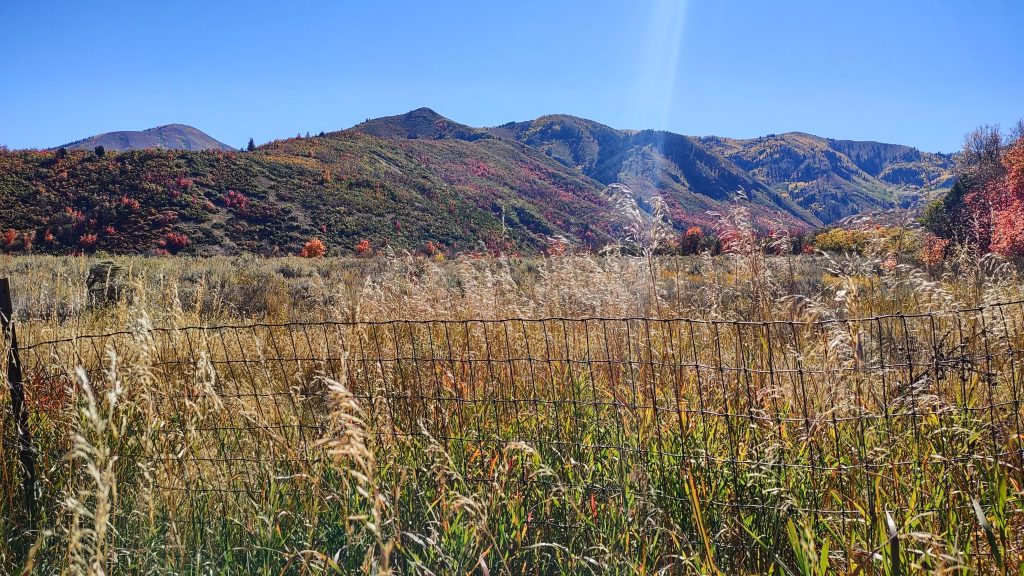
And here are a few more, just to relive the moment… and because these meadows take my breath away every time.
